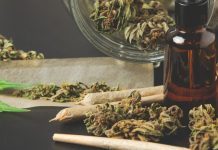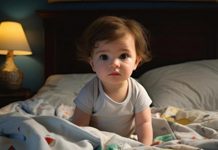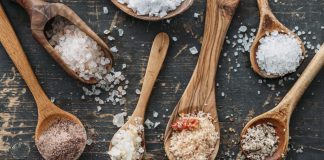Clefts are a common birth defect that occurs when certain body parts do not fuse properly during fetal development. This results in a gap or split in the affected area, which can lead to a variety of health issues if not treated properly. In this blog post, we will explore what clefts are and the different types of cleft lip and palate that can occur.
What is a Cleft?
Clefts can occur in various parts of the body, but they are most commonly found in the face and mouth. The most well-known type of cleft is a cleft lip, a gap in the upper lip that can extend to the nose. Another common type of cleft is a cleft palate, which is a gap in the roof of the mouth.
Cleft Lip and Cleft Palate – Brief Explanation
Cleft lip and cleft palate are common birth defects that occur when a baby’s lip or mouth does not form properly during pregnancy. These conditions can have a significant impact on a child’s appearance, speech, and overall quality of life.
It is important to understand the different types of cleft lip and palate to provide the best possible care and treatment for affected individuals.
Types of Cleft Lip and Palate
Let’s get started to know about the types of cleft lip.
Unilateral Cleft Lip
Unilateral cleft lip is the most common type of cleft lip, occurring on one side of the lip. This condition can range from a small notch in the lip to a complete separation that extends into the nose.
Unilateral Complete Cleft Lip
This is the most common type of cleft lip. Unilateral cleft lips affect one side of the upper lip. One philtral column, a philtral dimple, and two-thirds of the cupid-bow are protected on the normal side. The cleft extends from the lip to the nose in a complete cleft lip. The orbicularis oris does not extend into the complete cleft lip. Instead of covering the mouth, this muscle enters the base of the nose on both sides of the aperture.
Unilateral Incomplete Cleft Lip
A unilateral cleft affects only one side of the lip. It has a normal philtral column, philtral dimple, and Cupid’s bow on a side without a cleft. Incomplete cleft lips vary in appearance. It may have a small gap extended to the skin above the lip.
Bilateral Cleft Lip
A bilateral cleft lip occurs when both sides of the lip are affected, resulting in a split that extends into the nose. This type of cleft lip is less common but can be more complex to repair.
Bilateral Complete Cleft Lip
A bilateral cleft lip affects both sides of the upper lip. There are no philtral dimples, philtral columns, orbicularis muscle in the middle segment. On either side, the cleft extends to the nostrils.
Bilateral Incomplete Cleft Lip
A bilateral cleft lip affects both sides of the upper lip. The nostril sills and philtral dimple remain unaffected.
Cleft Palate Types
Similarly, there are three main types of cleft palates:
Complete Cleft Palate
A complete cleft palate occurs when the roof of the mouth is completely split, extending from the front to the back of the throat. This condition can affect a child’s ability to eat, speak, and breathe properly.
Incomplete Cleft Palate
An incomplete cleft palate is a milder form of the condition, where only a portion of the roof of the mouth is split. While less severe than a complete cleft palate, this type of cleft palate still requires surgical intervention to correct.
Submucous Cleft Palate
Sometimes, a cleft palate may not be visible from the outside. This is known as a submucous cleft palate, and it can still cause issues with speech and feeding.
Must read: What Causes Lip Ties in Babies and How to Treat Them?
Final Words
Therefore, early intervention and comprehensive care are key to addressing the challenges associated with types of cleft lip and palate and ensuring the best possible treatment plans for affected individuals.
























